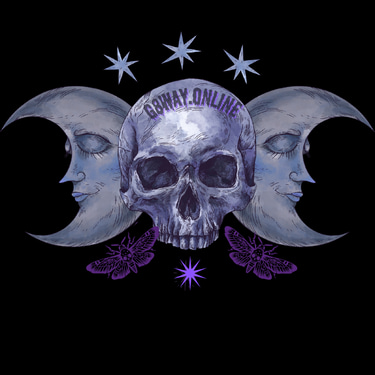La Calavera Catrina / Día de los Muertos
The real meaning of Día de los Muertos and its iconic symbol, La Catrina Calavera — a timeless reminder that death unites us all, and remembrance keeps us eternal.
Lya Brk Ujv
10/20/20254 min read
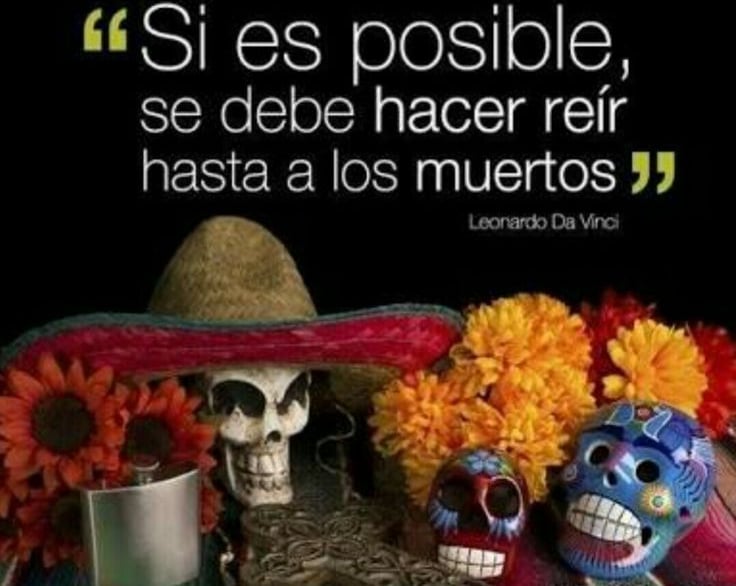

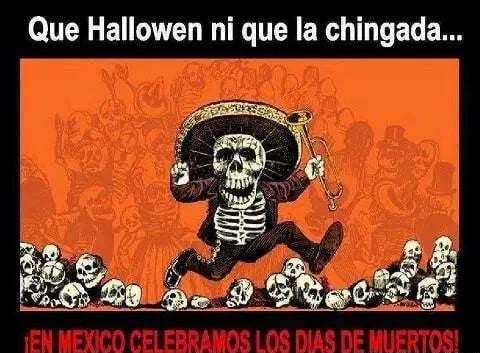

First things, first: Día de los Muertos isn’t about fear or loss — it’s a tribute paying homage to your own ancestors' life, legacy, and an expression of love. Rooted in pre-Hispanic tradition and Catholic faith, this two-day celebration honors those who came before us with color, music, and memory. THIS HONORS THE DEAD, OUR DEAD. THIS ISN'T A SATANIC ENDEAVOR. There is no mourning here. No all-black anything, quite the opposite. Vibrant colors pop out from everywhere because this is a celebration, bitches. At its heart stands La Catrina Calavera, who embodies a memoriam revelry which is second to none. And the sugar skulls we've come to adore as well are symbols of dignity and respect for the big sleep.
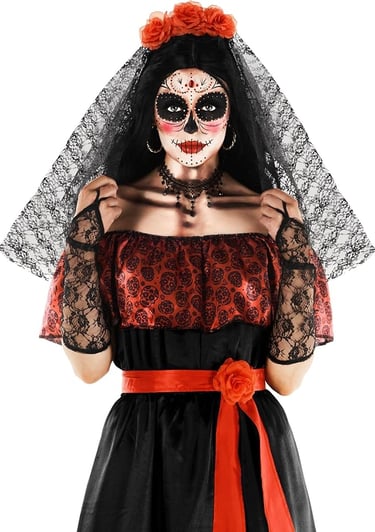

Morbid? Yuhuh. Ceremonial? Also yes. The Day of the Dead is often misunderstood by those outside the culture. However, it is not a dark or mournful day. Though this celebratory observation has now ballooned with catholic imagery, it is, in all authenticity, derived, created, and enacted by ancient inhabitants of what is now Mexico. Think, Aztec and Olmec. Centuries later, Spain followed in suit with All Saints Day, also celebrated on November first, that one originated in the catholic church.
Dia de los Muertos, on the other hand, was always a staple of indigenous peoples, way before there was Christianity or a continent named Mexico. Period.
Crash course facts:
The event spans two days*, November 1st and 2nd; oftentimes, festivities commence as early as Halloween night. This celebration reflects something universal: that life and death are not enemies, but companions in the ongoing story of existence. It dually serves as a reminder to live while alive.
*Why the title isn't pluralized is beyond me.
In a piece published by UNESCO, Modern-day Mexicans, and South Americans alike, honor ancestral legacies and welcome the souls of their loved ones back to Earth by creating a luminous path of flower petals, candles, and offerings that lead from the cemetery to their homes. Favorite foods of the departed are lovingly prepared and placed at home altars and gravesites, surrounded by vibrant flowers and traditional crafts like paper cut-outs. Every detail is handled with great care, as it’s believed the spirits can bless their families with abundance—or, if neglected, bring hardship.
Now, hear me out—personally, I’m not about that “bringing the dead home” part. Nope, not dabbling in that! But the rest? Absolutely. The feast, the marigolds, the colors, the life in it all. And of course—La Catrina Calavera herself! (None of that mournful black for me.)
The Origin and Symbolism of "La Catrina" figure, est. 1912
Her name is La Catrina Calavera — the elegant skeleton lady. She was created by Mexican illustrator José Guadalupe Posada, who used her image to mock the upper class for denying their Indigenous roots while adopting European airs. Over time, this satirical figure became a national symbol of remembrance, representing the truth that death comes for us all — rich or poor, powerful or humble. But La Catrina wasn’t ever meant to be grim. She represents grace, poise, and acceptance — a reminder to live beautifully, even as we honor the inevitability of death. When you wear her image, remember: it’s not a costume for mockery. It’s a tribute — a call to embody her elegance, not parody it. Walk with dignity. Speak with grace. Honor those who made you. That kind of thing.
Tradition and Practice
Día de los Muertos is filled with life, color, and remembrance. Families build altars (ofrendas) decorated with photos, candles, sugar skulls, and favorite foods of the departed. Marigolds — or cempasúchil — are central to the celebration. Their golden petals symbolize the fragility of life and are believed to guide spirits home with their vivid color and scents. Remember, it’s not a sad day. It’s one of laughter, storytelling, and gratitude — a way to say, “You are gone, but never forgotten.”
This Tradition Is Universal in Spirit
Let’s set the record straight — Día de los Muertos has been exclusively "Mexican" since the 1820's. And yes, its current imagery — including La Catrina — was shaped in Mexico, but its spiritual foundation comes from a much broader and older human truth. Nearly every culture across Latin America — and the world — has a way to honor the ancestors. The Mexican expression just happens to be one of the most beautiful and recognizable. So if you’re honoring your own — whether you’re Puerto Rican, Dominican, or anything else — you’re not “appropriating.” You’re participating in the shared act of remembering where you come from. End of story.
🕯️ Why It Resonates Personally
There are those of us who walk this world alone — with no family left to sit beside or light candles for — Día de los Muertos still offers the sacred; a, reconnection, and reaffirmation of your place in the lineage of life. Wearing La Catrina becomes more than style — it’s a spiritual statement “I honor those who built me, even if I stand alone.” It’s a costume of powerful recollection, respect and reclamation..
Closing Reflection
When November arrives and the air grows still with candlelight and scent of marigolds — remember what this celebration means. Día de los Muertos isn’t about grief. It’s about keeping the dead alive in our hearts through joy, elegance, and remembrance. So if you choose to wear La Catrina — wear her with resognating grace, not mimckery, because she is not death’s lampoon — she’s an eerily gracious reminder that we didn't come out of a box; it's the dearly departed that are our foundation. So if you decide to don La Catrina Calavera, do so with purpose. This is legacy.
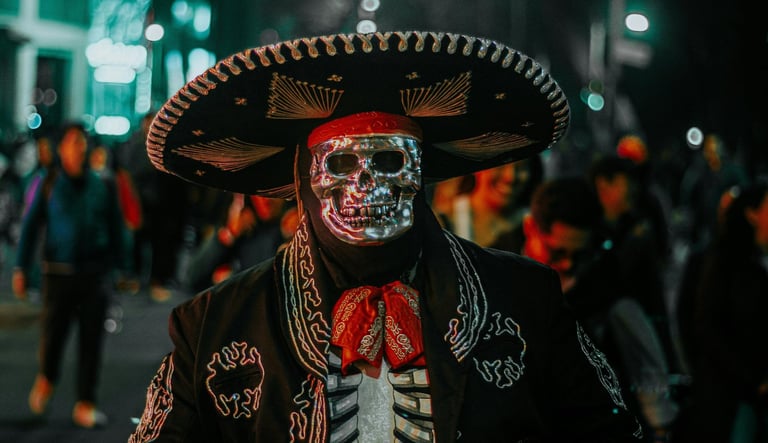

Eclectic Occultist
G8WAY intellectual property found herein is branded as such and most graphic interchange formats along with all links lead to external businesses not owned or operated by G8WAY. If you own any image included here and wish to request its removal or proper attribution, please contact admin@g8way.online and G8WAY will respond promptly. Please note: a page’s presence in G8WAY does not imply it is complete. Each entry is a living document that may be subjected to editorial corrections and/or additions. G8WAY may earn a commission when users make a purchase through links posted throughout this site. Information on WWW.G8WAY.ONLINE is for informational purposes only and should not be considered professional advice. Thank You for Visiting! G8WAY.ONLINE ©2025 All rights reserved.
